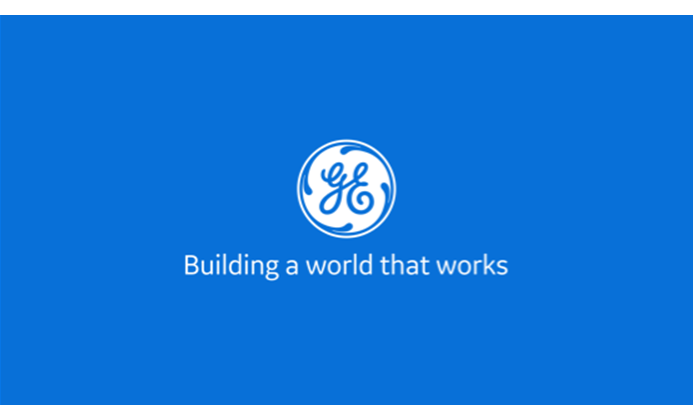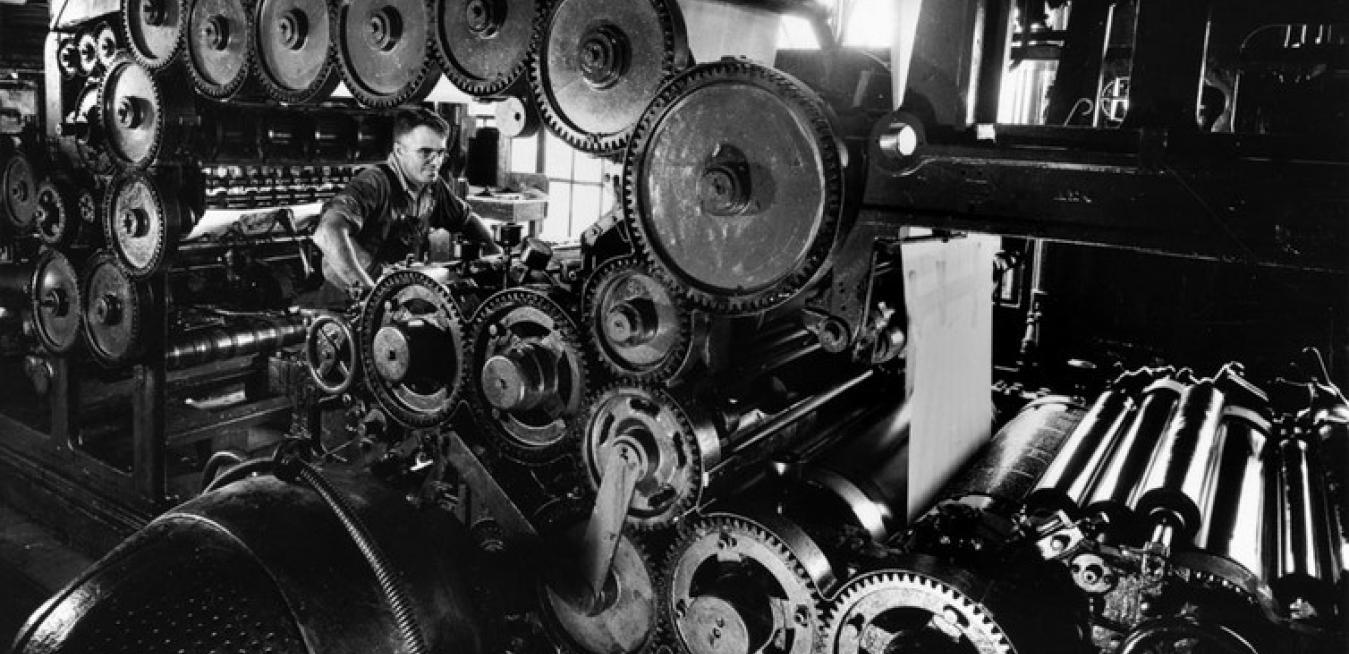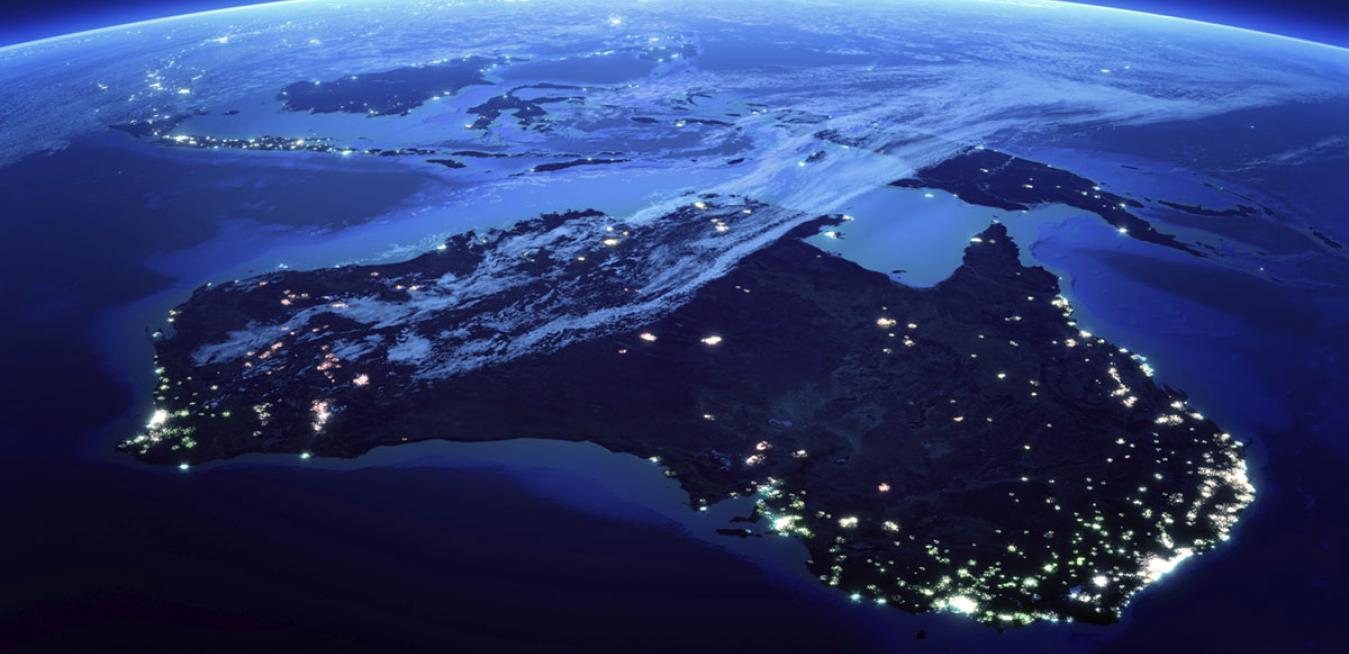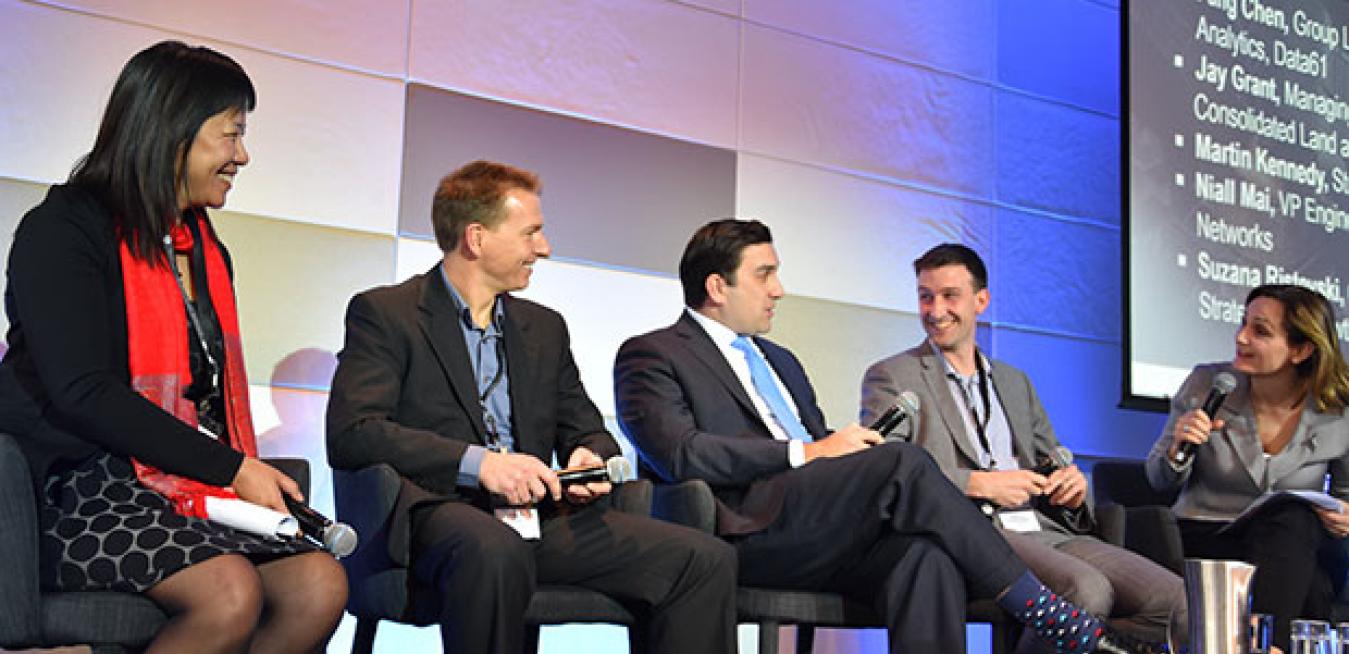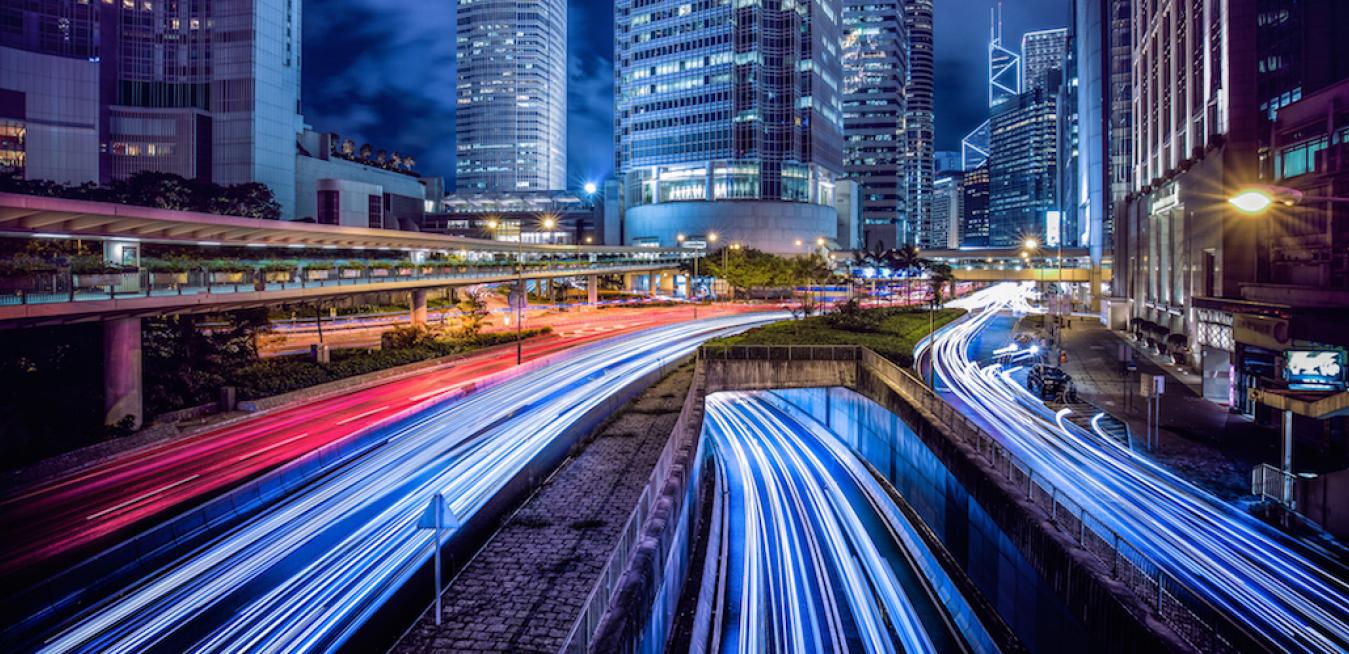When it comes to designing infrastructure, one thing is for sure: Big Data collected through the IoT will play a key role in growing the megacities of 2050, including using data to watch people’s movements and creating smarter mobility. But creating smart cities means more than using the IoT to optimize services or communicate information to residents. It should frame local government decision-making around city transformation.
There’s a popular saying in Chinese urban geography and architecture: “If you want to understand 5,000 years of Chinese civilization look at Xi’an, 1,000 years look at Beijing, modern China look at Tianjin.”
Data centers are taking over the factories where workers once processed checks, baked bread and printed Bibles. What will the rise of the information-based economy mean for American cities?
We are witnessing the dawn of digitized, intelligent cities, where sensors are being deployed to monitor air quality, infrastructure health, traffic and even available parking spots. If this new layer of data is to help citizens realize a better quality of life, officials must show leadership in deploying the technology and helping people use it.
There’s a big shift coming in the Smart City movement that will reshape our cities and create economic opportunities for decades to come.Big Data shows how “selfless” driving could ease traffic congestion.
The speed of light: Vivid 2015 showed the pace of innovation in creative lighting. In the practical space, GE is accelerating the deployment of intelligent lighting systems that use existing infrastructure for the greater civic good.Image Source: Vivid Sydney
The People Behind the Power: Cavite Pig Farm’s Story
Cavite Pig Farm, located in the south of Manila in the Philippines, is home to over 100,000 pigs. Maintaining a farm that big, is a lot of work especially when it comes to keeping the place clean. So, what can Cavite Pig Farm do to overcome this huge mess? Convert the waste into energy.

